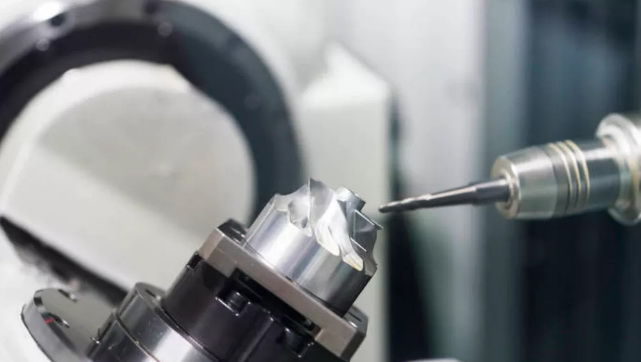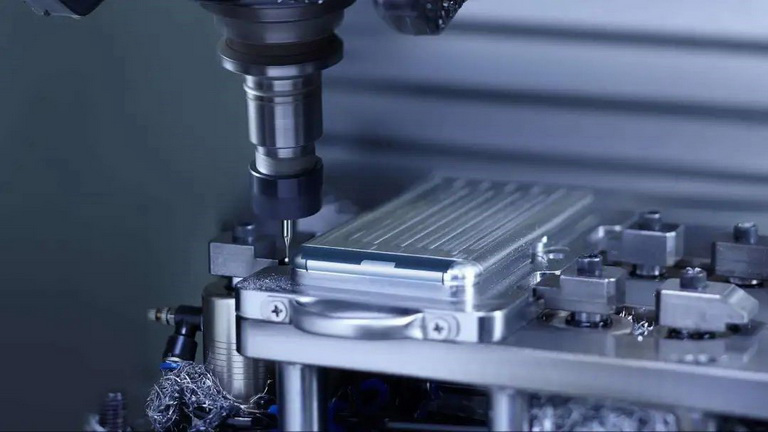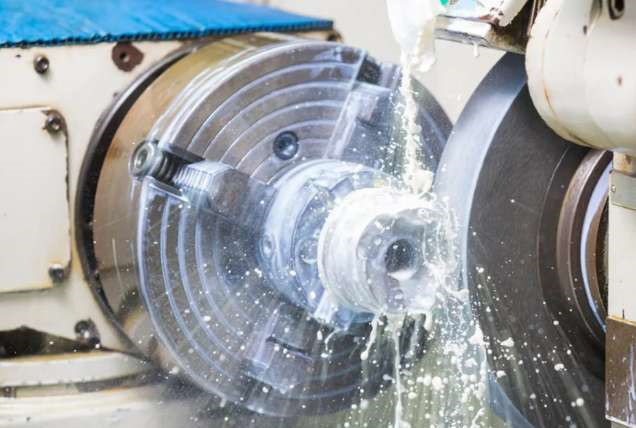
Deburring has long been a bane for parts manufacturers and is ubiquitous in the metalworking process. Burr types are mainly flash, sharp Angle, filament, splash, protrusion, powder and other non-conforming products are located in the field of industrial manufacturing, there are many parts need to be welded, cast, molding or processing after post-processing, including grinding, polishing and deburring. Such as jewelry crafts; Engine cylinder block, cylinder head, automobile wheel hub and various precision metal parts in the automobile industry; General industry bathroom hardware; Rigid plastics, plastic automatic lathe parts; Engine blades and turbine blades for the aviation and energy industries; The case and internal components of laptops, tablets and mobile phones in the 3C industry; Semiconductor silicon wafer, wafer, etc.
The required metal residues are commonly used in drilling, turning, milling, cutting, grinding, polishing and other processes. Burr has an important impact on the surface quality and mechanical properties of the workpiece. The following are some problems caused by the existence of burr:
1.The safety factor is reduced, the sharp metal edge will bring safety impact for the operator;
2.The increase of pressure in the operation process, will lead to the workpiece resistance to fracture, shorten the fatigue life;
3.Vulnerable to corrosion, and the difference in material thickness;
4.Sharp corners are easy to concentrate charge, which increases the risk of static electricity release;
5.Moving parts in the burr will increase unnecessary friction and heat;
6.Powder coating or electroplating and other finishing process will produce interference;
7.Due to the pollution of the burr debris and the wear around the interface, will affect the quality of the processing agent/polishing fluid in the later finishing process.

In general, deburring and surface finishing methods can be divided into four categories according to the levelof flexibility, among which ultra-precision deburring/grinding and polishing methods are fundamentally different from traditional metal surface treatment methods.
1.Rough grade: generally for manual deburring of hard contact class, generally cutting, grinding, file and scraper processing, etc.
2.Common grade: generally for the soft contact grinding deburring equipment, abrasive belt grinding, grinding, elastic grinding and polishing, etc.
3.Precision level: it belongs to the flexible and precision class of semi-automation and industrial robot, including washing processing, electrochemical processing, electrolytic grinding, rolling processing, industrial robot grinding and polishing, etc.
4.Ultra-precision level: belong to the automation, intelligent ultra-precision class, abrasive flow deburring, magnetic grinding deburring, electrolysis deburring, thermal deburring, dense radium strong ultrasonic deburring; Ultrasonic grinding polishing, ion beam polishing, chemical mechanical polishing (CMP), liquid grinding polishing, hydration grinding polishing, etc. This type of ultra-precise deburring/polishing technology allows the surface of the parts to be machined with sufficient precision.

We comprehensively consider the selection of deburring and metal surface finishing technology, not only to ensure quality, take into account the cost, environmental protection and efficiency, but also to control the material properties, structural shape, size and precision degree of parts, especially pay attention to the surface roughness, dimensional tolerance, deformation and residual stress changes.
Traditional metal surface treatment methods are widely used in basic industrial manufacturing. With the improvement of industrialization and automation degree, in the automotive industry, aerospace, semiconductor, instruments and meters and other fields of application, the design of mechanical parts manufacturing accuracy and mechanism of miniaturization demand is higher and higher, the deburr and surface finishing to be more precision and ultra-precision technology level, and more intelligent and automation, improve the product quality, improve the production efficiency.